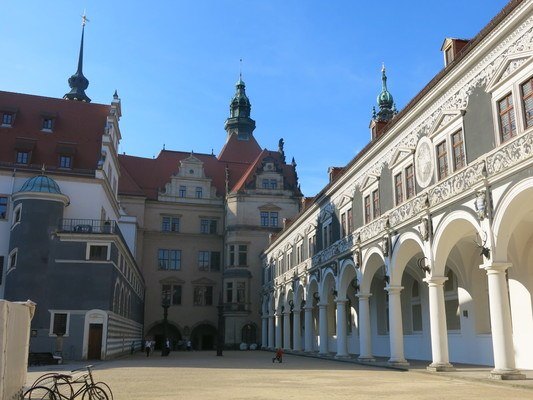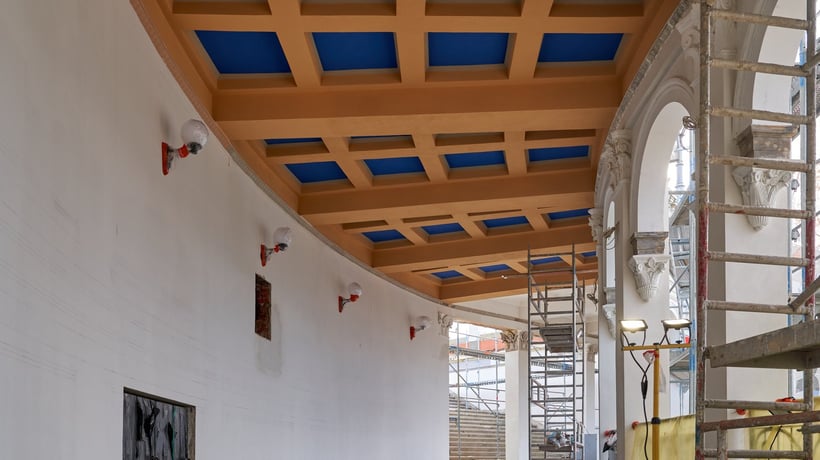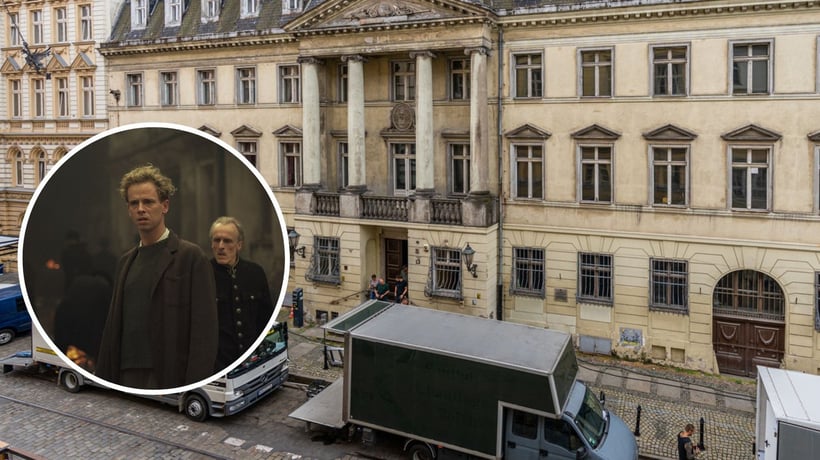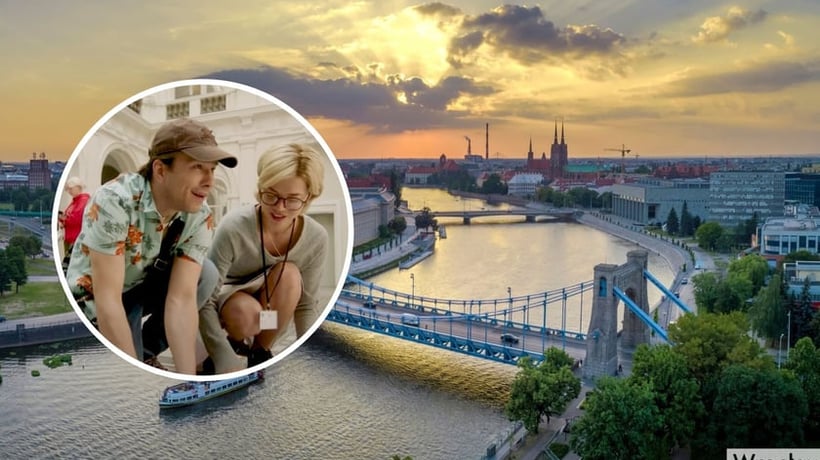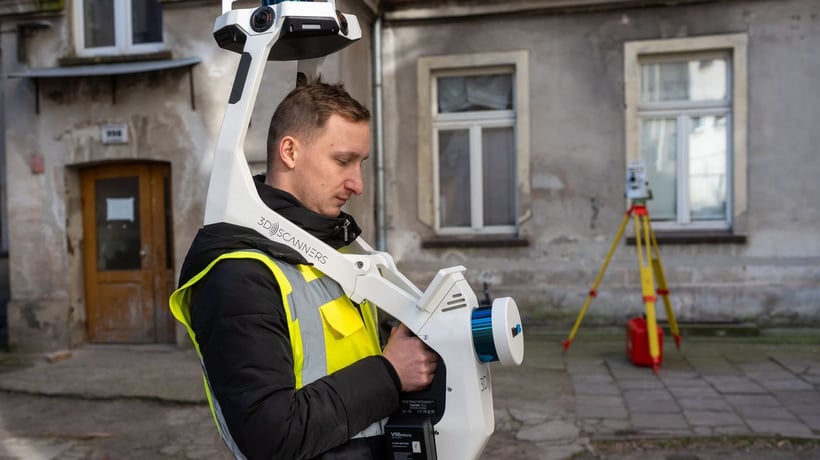Wrocław began partner collaboration with Dresden in 1963, when both cities were under Communist rule. The partnership agreement was amended two years after the first free parliamentary election in 1991. The cooperation programme carried out by the two cities provides for the exchange of information in a variety of areas: administrative reform and local government development, preserving the historic set-up of the Old Town and driving new spatial plans in the area, cultural exchange and student exchange programmes. One of such programmes are Polish German Culture Days, which are now being held in Dresden (25.09-20.11.2016).
German "Florence"
Throughout the centuries, Dresden served as a residence of the Wettin dynasty. The city is now considered to be the real gem of Baroque architecture, combining its charming historic settings with more modern and metropolitan solutions. The Florence of the North, as it is called by many, Dresden and its Old Town was turned to rubble during World War II in February 1945 with carpet bombing carried out by American and British air forces, and it was forced to restore its architectural heritage from scratch. Some buildings have never been restored, and they can now only be found in archive records.
Located in the Elbe River Valley, Dresden attracts visitors with its culture and arts while making an imposing impression with its modern style and its aspirations to become Germany's centre of science and industry. Dresden is a city of tolerance and open attitudes, and its incredible atmosphere is built by the residents themselves. Dresden is also known for its hospitality and tourist and entertainment offer, which is why the tourists are literally flocking in throughout the year.
Travelling to Dresden
You can easily drive your car to Dresden (or take BlaBlaCar, for example). Once you have reached Zgorzelec/Górlitz by A4, your destination will be 100 km away only.
You cannot fly from Wrocław to Dresden. Thst being said, the local airport (Drezno-Klotzsche) is located 9 km away from the city centre and you can easily reach the city centre by S-Bahn (20 minutes). You can also take the Koleje Dolnośląskie train and get off at one of the two stations: Dresden Hbf or Dresden-Neustadt. Trains to all the major German cities depart from Dresden several times throughout the day, and direct connections to Wrocław, Prague, Budapest, Bratislava, Vienna and Zurich are also available.
Sightseeing in Dresden
You can start sightseeing Dresden with exploring the city's panorama and its beautiful cityscapes from the vantage points in the centre. Visit the following towers:
Holy Cross Church(Kreuzkirche), Frauenkirche, Dreikönigskirche and the castle.
You can also explore the city with the companies offering sightseeing tours around the city. More information on the tickets and the routes and stops are available at the Tourist Information Centre (QF Quartier in Frauenkirche Neumarkt 2, Monday-Saturday 10.00-19.00, Sunday 10.0-15.00) and at the departure points in Theatre Square and Wilsdruffer Strasse 3e/City Museum (Stadtmuseum). Weather permitting, you can also take a droshky or charabanc to explore the Old Town.
The historic city centre is best explored on foot: either individually or with a guide. Guided tours leave Theatre Square and Zwingerze/Kronentor Portal several times throughout the day.
You may also like to take Tram No. 4, which is the longest Dresdner Verkehrsbetriebe line that takes tourists not only famous sights and museums, but also outside of the city along the vineyards and the Wackerbarth Palace in Radebeul.
Culture and arts in Dresden
The locations of Dresden is a veritable gift from nature, but the artistic sense and creative will of the Electors of Saxony and later the bourgeoisie nurtured a unique culture of the city. This continuity is reflected in the famous sights of the Old Town (e.g. Zwinger, the Frauenkirche, the castle, the Semper Opera House and the Bruhl Terrace), and the river front palaces in the Drezno-Loschwitz area, an exclusive residential area called Blasewitz, a garden housing estate in Hellerau or modern architecture. A network of 12 different museums, the State Art Collection wins Dresden worldwide acclaim as a city for culture and arts. The city also boasts a centuries-old music traditions and a varied and modern offer for both culture and leisure.
Waterfront, greenery, leisure
The River Elbe and the harmony of culture and landscape are one of the greatest gems of the city of Dresden. A large stretch of the Elbe river front still remains leafy and wild. The vineyards by the Elbe span the area between the river front palaces and Radebeul and Pillnitz Castle. With the Dresden Heath and the centrally located Grand Garden,Dresden is one of the greenest and leafiest cities in Europe. The commons by the river provide perfect opportunities for leisure, and the cycling lane running along the Elbe River is suitable both for cyclists and roller-skaters.
You can also take one of the oldest paddle steamers in Europe to reach the Elbe Sandstone Mountains, which are Saxony's climbing paradise, or Pillnitz Castle.
Shopping in Dresden
Dresden's major high street starts at the Main Railway Station (Hauptbahnhof) and leads through Prager Strasse and Altmarkt to finally reach Wilsdruffer Strasse. Apart from popular chain stores and Karstadt Department Store, the area boasts two largest shopping centres in town: Centrum-Galerie and Altmarkt-Galerie, each of which offering over 120 shops and restaurants. Neumarkt, which is located close to the Frauenkirche, features a myriad of shops and boutiques with a refined assortment of goods for the pickiest of customers. Similar and equally original shopping can be done in the Baroque Quarter, located in between Hauptstrasse and Königstrasse. You will also enjoy shopping in the Aussere Neustadt area, e.g. at the Kunsthofpassage), which is located in between Alaunstrasse and Görlitzer Strasse and offers a variety of small shops and artistic atelier. The shoppers will also like Pfunds Molkerei, the former Pfund brothers' creamery in Bautzner Strasse.
UrbanCard in Wrocław, Dresden-Cards in Dresden
If you are planning a longer stay in Dresden we suggest that you buy tickets that give you unlimited access to trams, buses, S-Bahn or Verkehrsvervund Oberelbe as well as free entry or concessions in over 90 different institutions.
You can choose: 24-hour City-Card (from 9.90 EUR), 48-hour (from 26 EUR) and 3/5-day Regio-Card (from 49,90 EUR). The tickets are available for individuals or families at tourist information desks, DVB service centres, VVO communication centres, State Art Collection cash desks, at the airport and at the hotels.
That's interesting...
- The Bundeswehra Military Historical Museum in Dresden (Olbrichtplatz 2) dazzles with its spectacular architecture. The armoury was built in 1873–1877, and was recently rebuilt to suit the needs of the Bundeswehra Museum according to Daniel Liebeskinds's design (completed in October 2011). Born in Łódź, Poland, Daniel Liebeskind is a world famous American architect of mixed Jewish and Polish origin.
- Located in the Hygiene Museum (near Pirnaischer Platz and Grosser Garten), the Children's Museum showcases the five senses: sight, hearing, smell, touch and taste, and encourages you to discover and investigate their secrets.
- From the end of April until the beginning of October, ca. 3 thousand skateboarders cross a 20-km-long route through Dresden every Friday evening at 9 pm. The participants gather two hours prior to the event by the local skate park (Lingnerallee 1).
- Those of you who wish to run a business meeting or conference on the River Elbe can charter a conference boat or a historic paddle steamer from the Saxon Steamer Navigation Company.
- The summer season in Dresden abounds in outdoor screenings and concerts, including Film Nights, which are located on the river front and set against the famous silhouette of the Old Town.
- Dresden is ca. 328 square km in size., whereas Wrocław is ca. 293 square km. The capital of Saxony has ca. 530 thousand residents, while Wrocław is inhabited by ca. 636 thousand people. Both cities enjoy a similar climate, which is mild and conditioned by the proximity of river valleys, with an annual mean temperature of 9° C. The hottest months in both cities are June, July and August, whereas the coldest month is January.
Photographs: mawi


